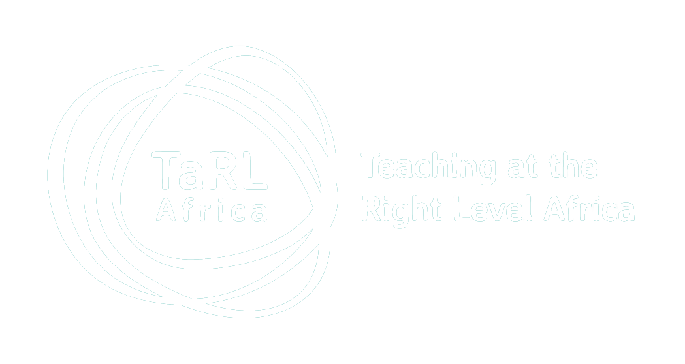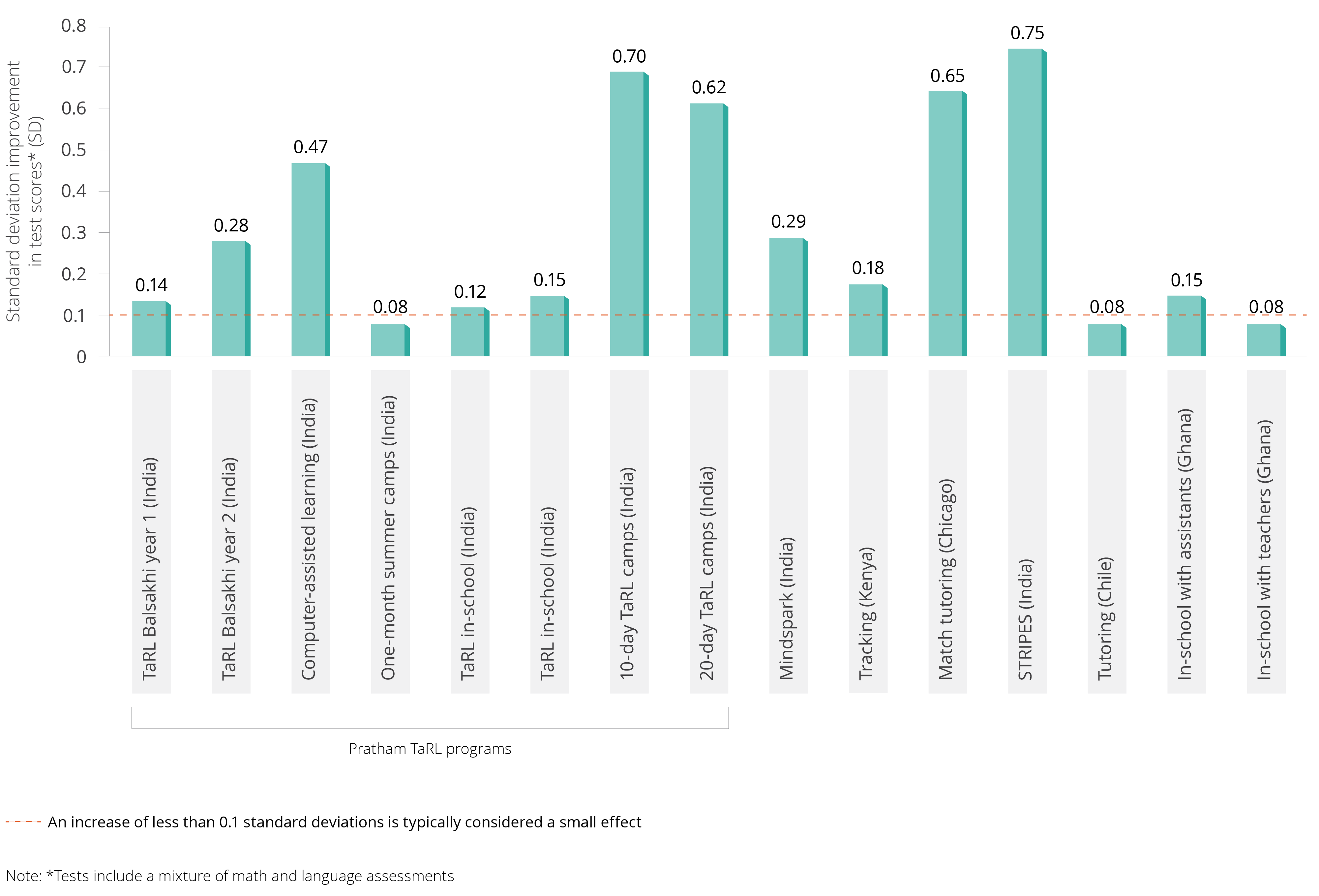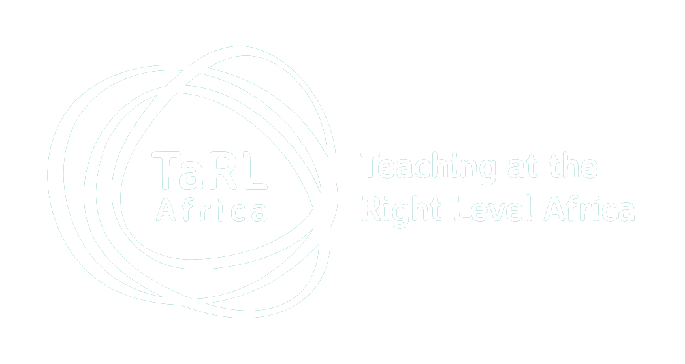Evidence
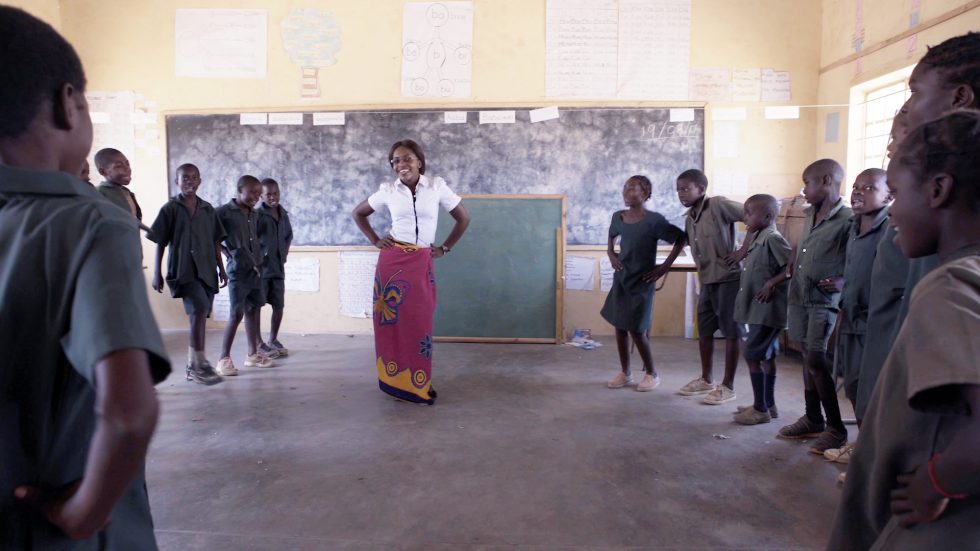
Africa has made unprecedented gains in school enrolment in recent years. In 1999, only 59% of primary school-age children were enrolled in school in Sub-Saharan Africa. By 2016, 80% were enrolled.1
Many programmes aiming to improve the quality of education in Africa have been ineffective because they fail to address the needs of all students.

Despite the success in getting children to school, learning outcomes are still desperately low in many contexts.
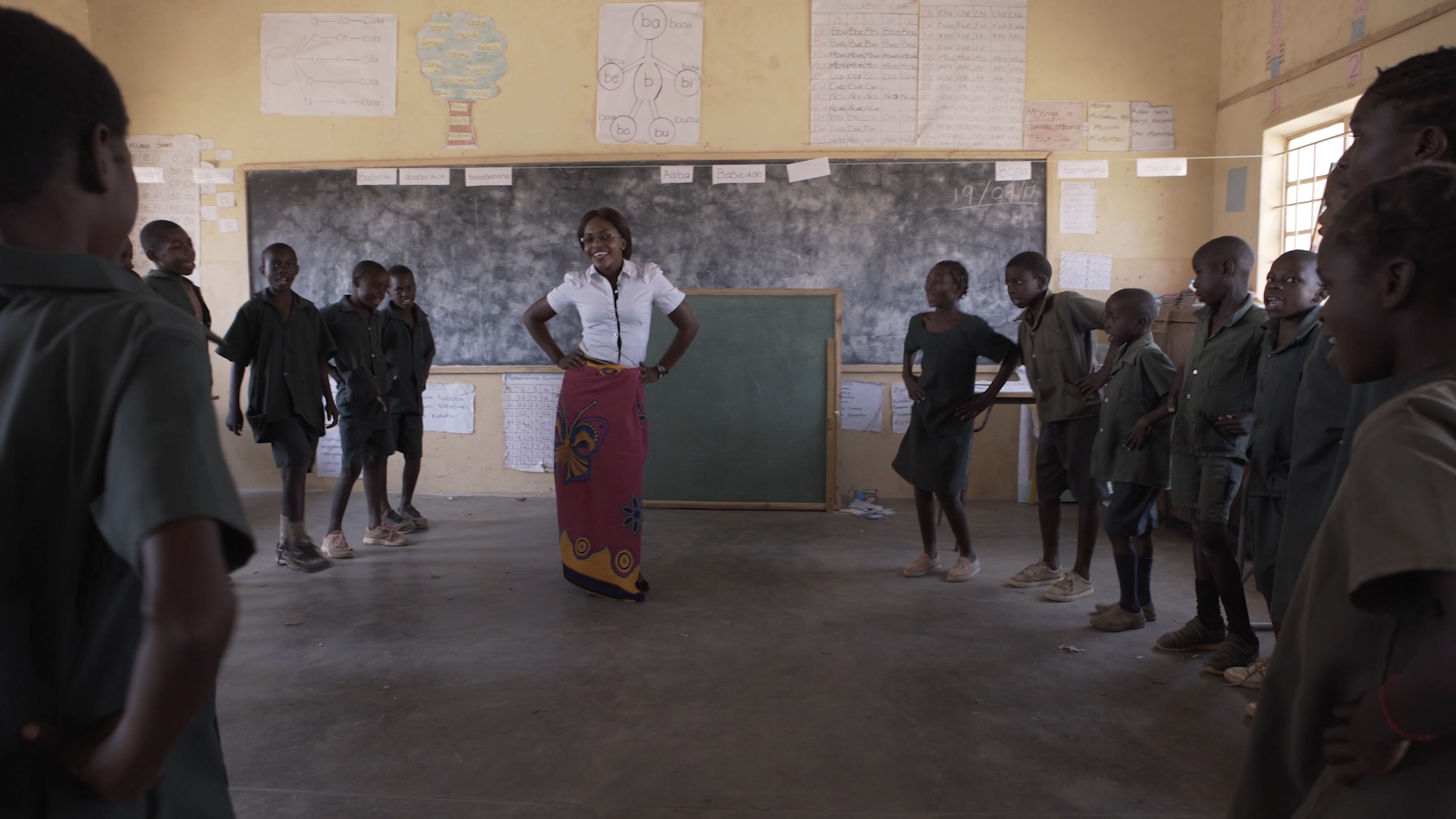
Through this series of evaluations, researchers discovered that targeted instruction could be successful when delivered by tutors, volunteers, and government teachers, both in-school and out-of-school. Through this process, key programme components have been identified and strengthened. A recent paper by Banerjee et al 14 identifies two particularly strong models which work well at scale.
- Tutor- or volunteer-led learning TaRL camps held for periodic bursts of time were effective in Uttar Pradesh, India, in a location with relatively weak government support structures. This model includes local instructors leading TaRL activities for forty days with supplementary support in summer camps.
- Government teacher-led TaRL instruction throughout the school year was effective in Haryana, India, a state with relatively strong government systems. This intervention included a dedicated time for TaRL during the school day and support for teachers through strong mentoring and monitoring.
-
2001-2003
-
 2002-2004
2002-2004
-
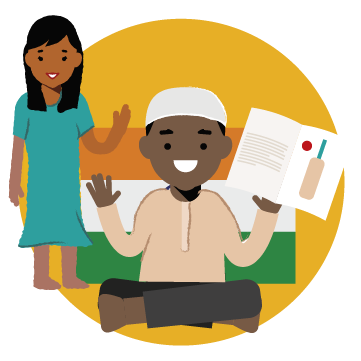 2005-2006
2005-2006
-
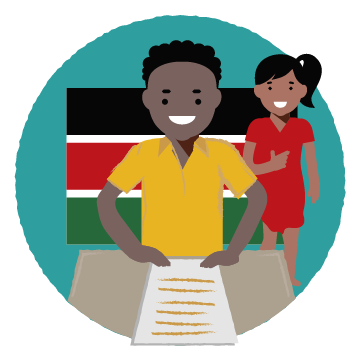 2005-2007
2005-2007
-
 2008
2008
-
 2012-2013
2012-2013
-
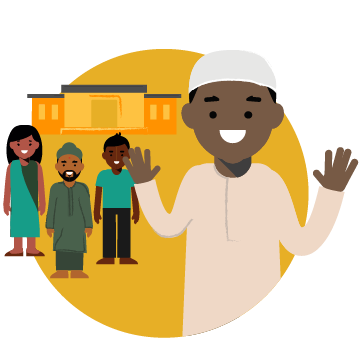 2013-2014
2013-2014
India: Volunteers pulled children out of school for 2 hours per day
India: Self-paced computer games
India: Volunteers led after-school classes for improving reading and mathematics
Kenya: Grade 1 classes divided by learning level, led by government teachers during the school day
India: One-month holiday camp held at school, led by teachers with volunteer support
India: In-school teacher-led programme for 1 hour per day throughout the school year. Strongly supported by government mentors
India: “Learning Camps” in government primary schools led by Pratham staff and supported by village vounteers
